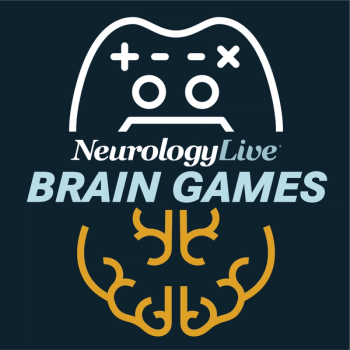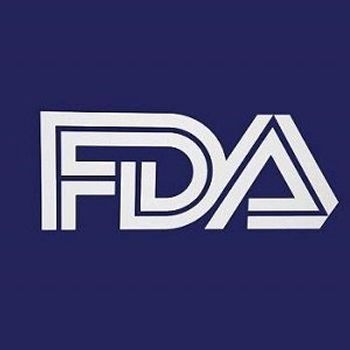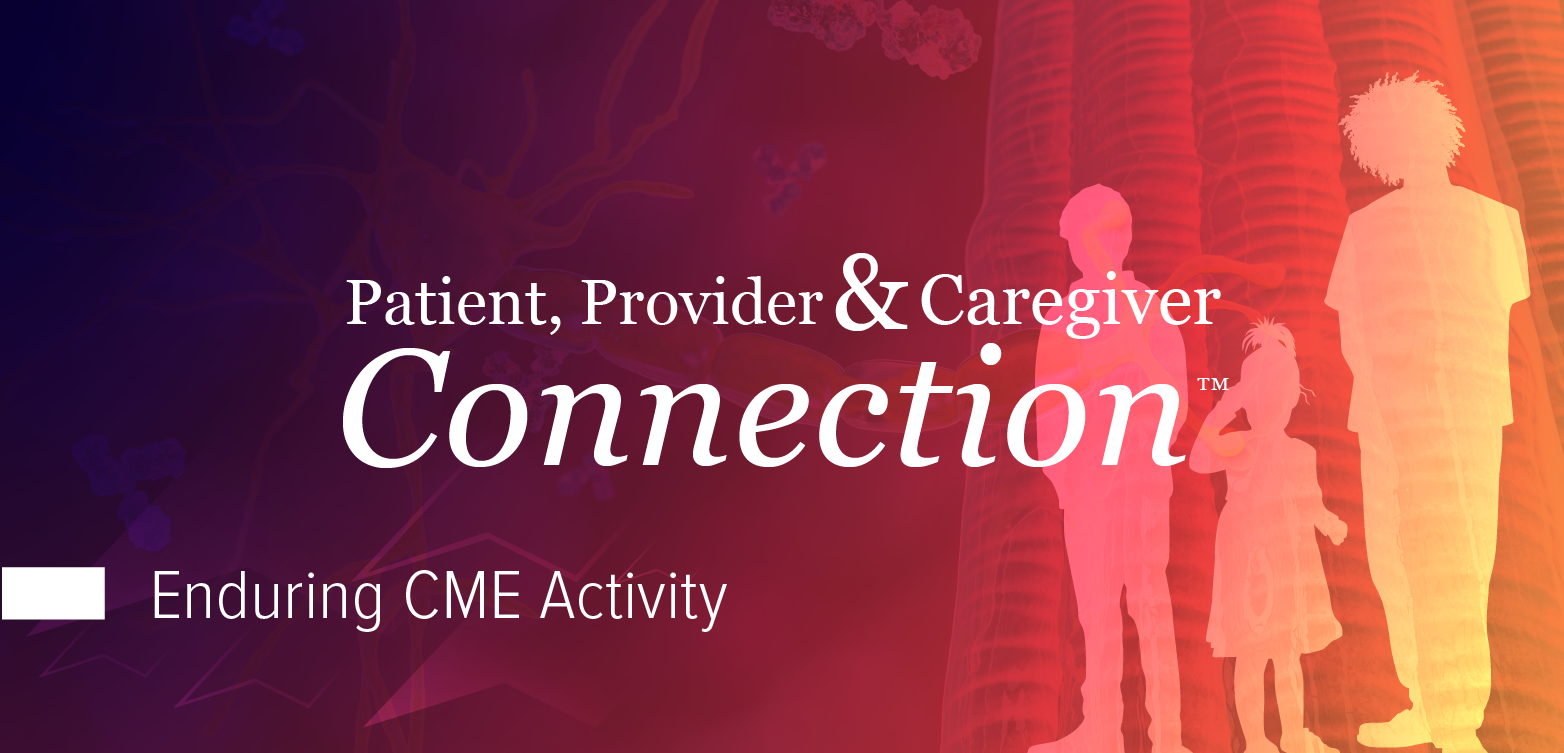
Gene Therapy AAV-GAD Gains Regenerative Medicine Advanced Therapy Designation as Potential Parkinson Treatment
Key Takeaways
- AAV-GAD gene therapy targets the subthalamic nucleus to restore brain circuit function in Parkinson's disease, showing significant UPDRS score improvements in clinical trials.
- RMAT designation by the FDA allows expedited development pathways for AAV-GAD, enhancing its potential for accelerated approval.
MeiraGTx's AAV-GAD gene therapy receives FDA RMAT designation, promising innovative treatment for Parkinson's disease through targeted brain infusion.
The FDA has granted regenerative medicine advanced therapy (RMAT) designation to MeiraGTx’s AAV-GAD, an experimental gene therapy that promotes localized production of GABA, for the treatment of inadequately controlled Parkinson disease (PD). RMAT designation provides the therapy with access to expedited pathways for development, including accelerated approval processes.1
The treatment, which aims to restore proper brain circuit function, is administered through a 1-time, minimally invasive infusion using MeiraGTx’s proprietary device, which delivers a small amount of the therapy directly into the subthalamic nucleus, a critical brain region involved in movement control. Data from 3 different studies–a phase 1 trial, as well as a phase 2 study and dose-ranging bridging study–were behind the FDA’s decision to grant RMAT designation.
"We are excited to have been granted RMAT designation for our AAV-GAD program in Parkinson disease and we look forward to working closely with the FDA to bring this potential life changing therapy to this large population of patients with Parkinson disease in need of effective and disease modifying treatments for this serious neurodegenerative disorder," Alexandria Forbes, PhD, president and chief executive officer at MeiraGTx, said in a statement.
The phase 2 study, a double-blind, sham-controlled trial (NCT00643890) comprised of 45 patients with PD, had data published in The Lancet Neurology in 2011. In the study, patients with progressive levodopa-responsive PD and an overnight off-medication Unified Parkinson’s Disease Rating Scale (UPDRS) motor score of 25 or more were randomly assigned either sham (n = 23) or AAV-GAD (n = 22) for a 6-month period. At the conclusion of this time point, the UPDRS score for the AAV-GAD group decreased by 8.1 points (SD, 1.7; 23.1%; P <.0001), whereas those on sham decreased by 4.7 points (SD, 1.5; 12.7%; P = .003).
Additional data from the study showed that those on the gene therapy had greater improvement from baseline in UPDRS scores relative to sham over the course of the 6-month study (RMANOVA; P = .04). In terms of safety, adverse events were mostly mild or moderate, likely related to surgery, and resolved. Of note, investigators observed 1 serious AE within the 6 months of surgery, owing to a case of bowel construction, which was not attributed to AAV-GAD or the surgical procedure, and was fully resolved.
"What is most exciting is the analysis of the data from these Phase 2 studies using the AI technology of our partner Hologen," Forbes added.1 "Through the use of Hologen’s technology applied to the data from our double-blind, sham-controlled studies, we have demonstrated disease modifying changes in the circuitry of the brain of patients treated with AAV-GAD as well as potentially protective changes in the substantia nigra and regions of the brain involved in cognition and mood. This is the first time sham-controlled gene or cell therapy Phase 2 studies have shown significant benefit in UPDRS and now, to our knowledge, the only demonstration of disease modification in a sham or placebo-controlled study in Parkinson disease."
READ MORE:
The
Topline results announced in October 2024 revealed that those in the high-dose AAV-GAD group (n = 5) had a statistically significant 18-point average improvement in UPDRS Part 3 OFF medication score (P = .03) at week 26, with no significant changes observed in the sham (n = 4) or low-dose (n = 5) groups. In addition, researchers reported an 8-point improvement on Parkinson Disease Questionnaire (PDQ-39) score for the high-dose group, a 6-point improvement in the low-dose group (P = .04), and a 0.2-point worsening in the sham group that was not statistically significant.
Overall, there was a dose-dependent response in PDQ-39 score, with 100% of the patients in the high-dose group reporting improvement, 60% of those in low-dose, and only 25% of those on sham. Above all, AAV-GAD was reportedly safe and well tolerated, with no serious AEs related to the treatment among participants.
AAV-GAD was originally developed by Vector Neurosciences, which was acquired by MeiraGTx in October 2018. Following the phase 2 trial, a phase 3 study was planned but was ultimately terminated by the sponsoring company Neurologix due to financial reasons.4 Earlier this year, MeiraGTx announced a $430 million collaboration with Hologen AI as a way to expedite phase 3 development for the gene therapy, with MeiraGTx receiving $200 million upfront cash consideration at closing. Going forward, Hologen will own a minority stake in MeiraGTx’s manufacturing subsidiary and will contribute a portion of the annual funding to further accelerate the optimization of MeiraGTx’s proprietary manufacturing capabilities.5
REFERENCES
1. MeiraGTx Granted FDA Regenerative Medicine Advanced Therapy (RMAT) Designation for AAV-GAD for the Treatment of Parkinson’s Disease. News release. MeiraGTx. May 9, 2025. Accessed May 9, 2025. https://www.globenewswire.com/news-release/2025/05/09/3078223/0/en/MeiraGTx-Granted-FDA-Regenerative-Medicine-Advanced-Therapy-RMAT-Designation-for-AAV-GAD-for-the-Treatment-of-Parkinson-s-Disease.html
2. LeWitt PA, Rezai AR, Leehey MA, et al. AAV2-GAD gene therapy for advanced Parkinson's disease: a double-blind, sham-surgery controlled, randomised trial. Lancet Neurol. 2011;10(4):309-19. doi:10.1016/S1474-4422(11)70039-4.
3. MeiraGTx Announces Positive Data from Randomized, Sham-controlled Clinical Bridging Study of AAV-GAD for the Treatment of Parkinson’s Disease. News Release. MeiraGTx. Published October 15, 2024. Accessed May 9, 2025. https://investors.meiragtx.com/news-releases/news-release-details/meiragtx-announces-positive-data-randomized-sham-controlled
4. McFarthing K, Prakash N, Simuni T. CLINICAL TRIAL HIGHLIGHTS: 1. GENE THERAPY FOR PARKINSON’S, 2. PHASE 3 STUDY IN FOCUS - INTEC PHARMA’S ACCORDION PILL, 3. CLINICAL TRIALS RESOURCES. J Parkinsons Dis. 2019;9(2):251-264. doi:10.3233/JPD-199001.
5. MeiraGTx Enters into a Strategic Collaboration with Hologen AI to Expedite Phase 3 Development of AAV-GAD for Parkinson’s Disease and Industrialize MeiraGTx’s Proprietary Manufacturing Process. News release. MeiraGTx. March 13, 2025. Accessed May 9, 2025. https://investors.meiragtx.com/news-releases/news-release-details/meiragtx-enters-strategic-collaboration-hologen-ai-expedite
Newsletter
Keep your finger on the pulse of neurology—subscribe to NeurologyLive for expert interviews, new data, and breakthrough treatment updates.



































